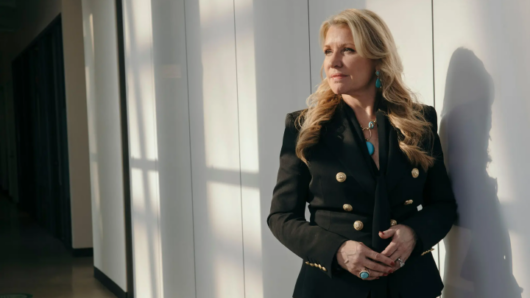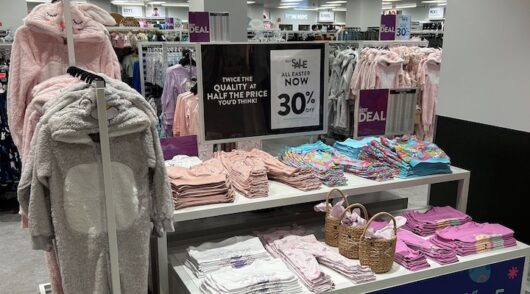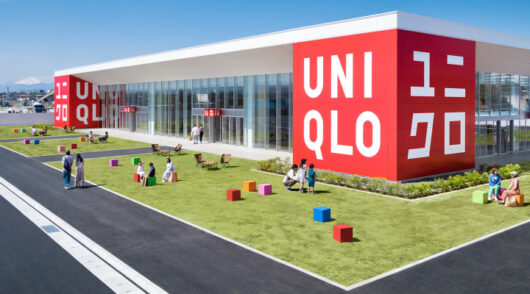Retail spending increased 19.2 per cent year on year in August as consumers spent $34.9 billion in-store and online, according to new data from the Australian Bureau of Statistics (ABS).
Month on month, spending increased by 0.6 per cent, driven by increased sales in food-related industries.
The year-on-year growth reflects the impact of movement restrictions this time last year due to the Covid-19 pandemic.
Australian Retailers Association CEO Paul Zahra described the growth as “another outstanding result” as consumers continue to spend at record levels despite cost-of-living challenges.
“As we approach the Christmas trading quarter – the most critical time of year on the retail calendar – it’s encouraging to see retail sales maintain their strong momentum.”
Zahra cautioned that a certain “lag effect” from current inflationary conditions will unfold as inflation has yet to reach a forecast peak which will likely result in softening sales next year.
“Whilst sales are at record levels, small businesses, in particular, remain acutely challenged by the rising cost of business.”
The largest year-on-year growth was registered in clothing, footwear and personal accessories at 80.4 per cent followed by cafes, restaurants and takeaway food at 58.8 per cent and department stores at 54.6 per cent.
Household goods retailing grew 16.4 per cent while other retailing increased 13.8 per cent. Food retailing recorded the lowest growth compared to last year at 1.8 per cent.
The National Retail Association’s interim chief Lindsay Carroll, said that although retail profitability has returned to pre-Covid levels, not all businesses are reaping the benefits of it.
“Small businesses are rigorously challenged by economic pressures of rising energy costs, interest rates and supply chain issues.”
By state, the ACT recorded the highest growth in retail turnover at 32.3 per cent followed by NSW at 29.5 per cent, Victoria at 20.3 per cent, Queensland at 14.2 per cent, South Australia at 9.8 per cent, Western Australia at 8 per cent, Tasmania at 7.2 per cent and the NT at 4.5 per cent.






